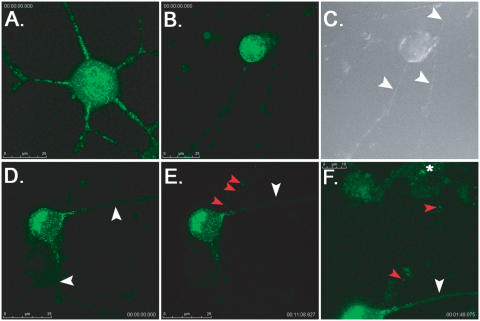Figure 1. Live-cell imaging of GFP-tagged capsid viruses in differentiated PC12 cells.
Cells were grown on glass-bottom MatTek dishes coated with poly-DL-ornithine and natural mouse laminin prior to imaging on a Leica SP5 confocal microscope. Each frame of the movie, a 2D projection representing a stack of 15 images that are 0.5 µm apart, contains a scale bar (in microns) and timestamp from the movie sequence. (A) A plate of differentiated PC12 cells was infected with PRV GS443 (green capsid) at a low MOI (0.1) and imaged at 12 hours post-infection (hpi). Numerous green capsid puncta were observed in neurites moving in the anterograde direction, i.e. away from the cell body (see Video S1 in supplemental material). This cell was chosen because it had several axon projections to emphasize the sorting phenotypes. Most differentiated PC12 cells have fewer axon projections (1–3). (B) Differentiated PC12 cells were infected with PRV 368 (green capsid, Us9-null) at low MOI and imaged at 12 hpi. The cell body shows robust green fluorescence, but virus capsids were not observed in neurites emanating from the cell body (see Video S2). (C) DIC image showing three neurites extending from the PRV 368-infected cell body (highlighted by the white arrowheads). (D) A differentiated PC12 infected with PRV 368 for 12 hours. No capsids are observed moving in the anterograde direction in two neurites emanating from the cell body (white arrowheads, see Video S3). Note that capsids are not present beyond the proximal segment of the axon. (E and F) Though no green capsid puncta are moving in the anterograde direction (white arrowheads), capsids can be observed moving in a transneuronal, retrograde manner from the infected PC12 cell (red arrowheads, see Video S3) to an uninfected cell above it (panel F, see Video S4). Despite an abundance of moving capsid puncta within the cell body, no other egress events are visible. The brightness in panel F has been increased to better visualize green capsid puncta moving into the uninfected cell body (highlighted by red arrowheads). A white asterisk denotes the accumulation of capsid puncta in the cell body of the uninfected cell.

